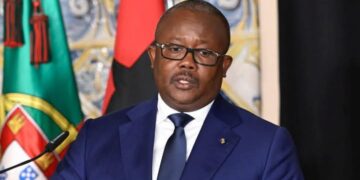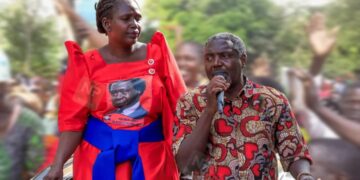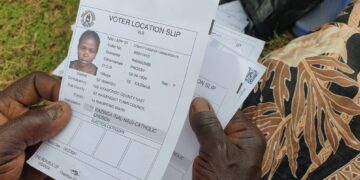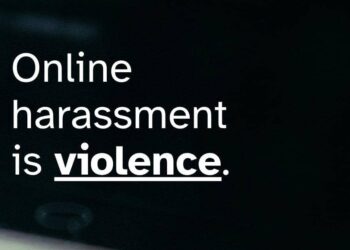OPINION
Every August, Uganda joins the global community in commemorating International Youth Day, a moment to reflect on the role of young people in shaping a better future. This year’s theme, “Local Youth Actions for the SDGs and Beyond,” underscores the transformative power of youth in localizing the Sustainable Development Goals (SDGs) and translating global ambitions into tangible community impact.
The 2025 theme rightly positions youth not as passive recipients of development, but as active agents of change, innovation, and leadership. Their energy, creativity, and deep-rooted community knowledge are indispensable in tackling the complex challenges of our time—from climate change to poverty eradication.
Why Localization Matters
Global institutions increasingly recognize that achieving the SDGs by 2030 hinges on effective localization, turning global goals into community-level action. According to recent reports by UN-Habitat and the United Nations Department of Economic and Social Affairs (DESA), over 65% of SDG targets are directly linked to the mandates of local and regional governments. This makes youth who are deeply embedded in their communities, critical partners in driving sustainable development.
Uganda’s Youth: A Missed Opportunity?
Uganda boasts one of the youngest populations globally, with over 75% under the age of 35. This demographic presents a powerful opportunity to accelerate SDG implementation. Yet, youth remain underrepresented and under-supported, especially at the grassroots level.
Government initiatives such as the Youth Livelihood Fund were designed to empower young people. However, these funds often fail to reach their intended beneficiaries, instead ending up in the hands of non-youth actors. This misallocation undermines progress and fuels corruption, further alienating youth from decision-making processes.
Shrinking Civic Space and Environmental Advocacy:
Despite their enthusiasm, many youth have been pushed out of advocacy spaces due to increasing harassment and intimidation. Since January 2025, over 40 youth activists have been arrested for peacefully protesting the environmental impacts of oil and gas projects. This crackdown, particularly on those championing SDG 13 (Climate Action), stifles youth engagement and weakens Uganda’s commitment to sustainable development.
Environmental Enforcement: A Critical Gap
Uganda has taken steps to protect its environment, including banning crop cultivation in wetlands. Yet, enforcement remains weak. Wetlands like Lwera continue to be exploited for rice farming and industrial activities, with little response from authorities. Without non-discriminatory enforcement, environmental degradation will persist, threatening water reservoirs and biodiversity.
Legal frameworks such as Section 32(4) of the National Forestry and Tree Planting Act (2003) and Section 36 of the NFTPR (2016) prohibit dealings in reserved tree species without authorization. But when encroachers operate with impunity, we must ask: Where are we headed as a nation if our natural ecosystems are destroyed?
The International Energy Agency’s roadmap to net zero by 2050 projects a dramatic decline in global oil demand—from over 90 million barrels per day to less than 25 million. This shift will severely impact oil-dependent economies. Uganda must prepare by curbing deforestation for charcoal production, which exacerbates greenhouse gas emissions and undermines climate goals.
To truly realize the SDGs, Uganda must: Support youth-led and youth-serving initiatives at the local level, integrate youth perspectives into policy formulation and planning, invest in youth capacity building and infrastructure, protect civic space and uphold the rights of youth activists. Align national frameworks with youth needs and ensure their inclusion in local governance
“When we realize youth’s potential and support their initiatives, the SDGs will be achieved.”
The writer is: Gerald Barekye
Environmental and Human Rights Defender
📧 geraldbarekye@gmail.com








































